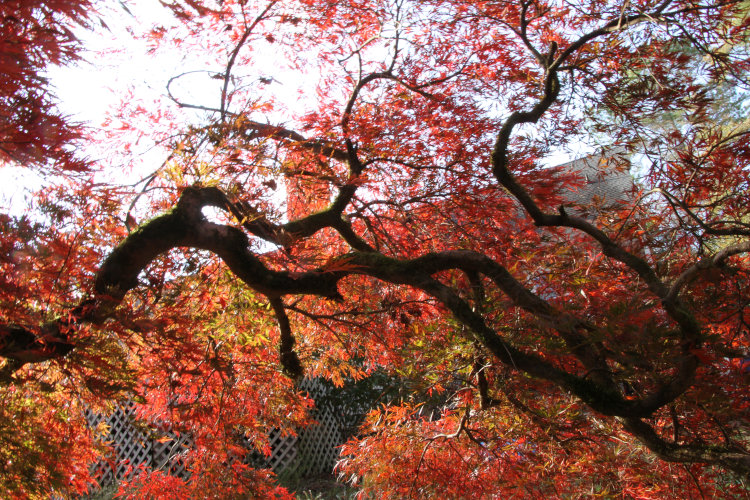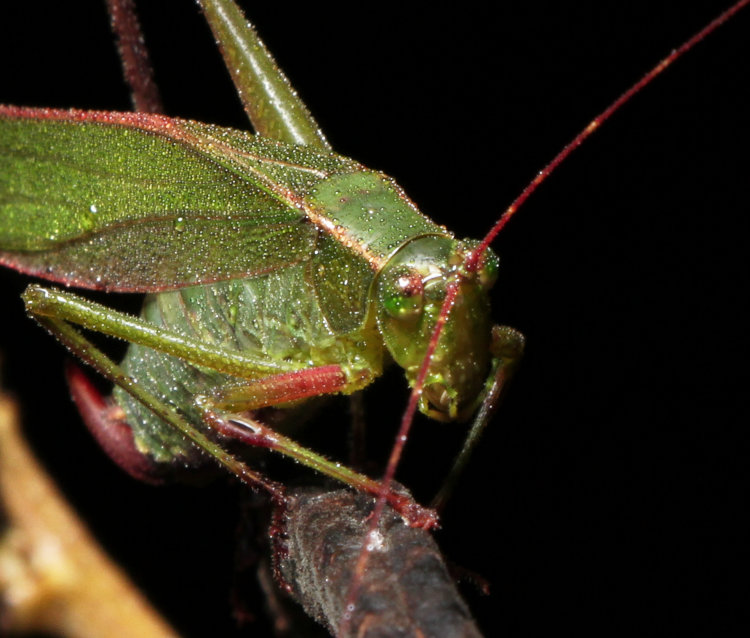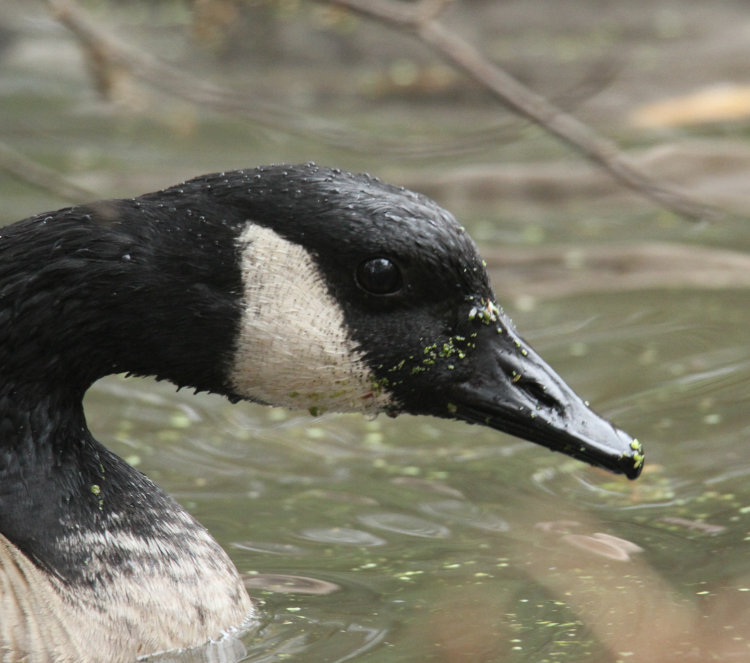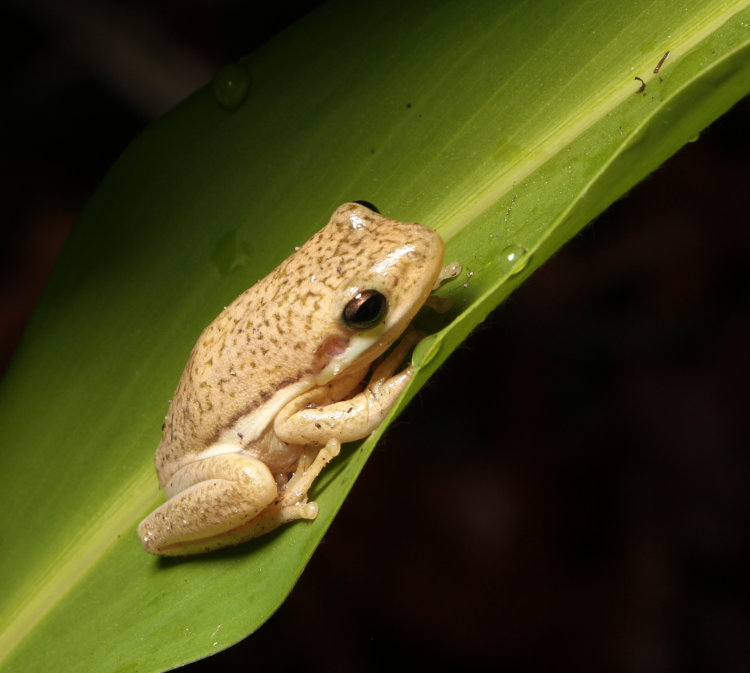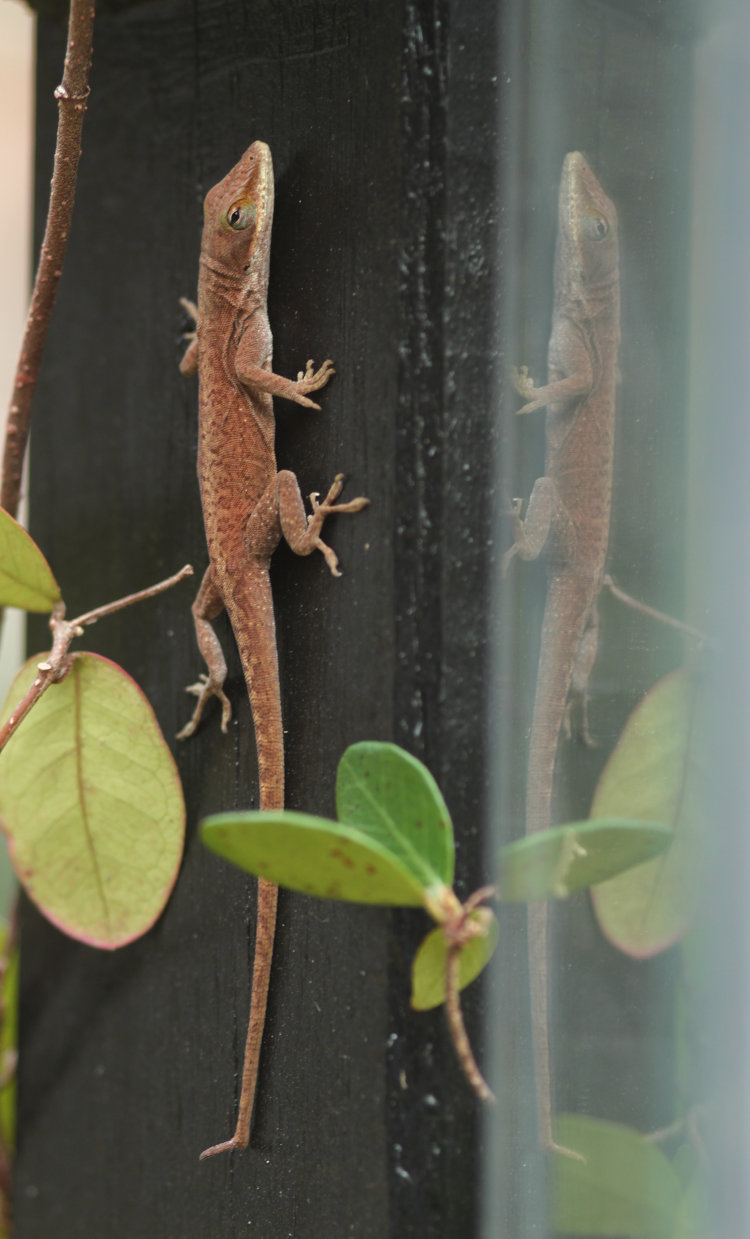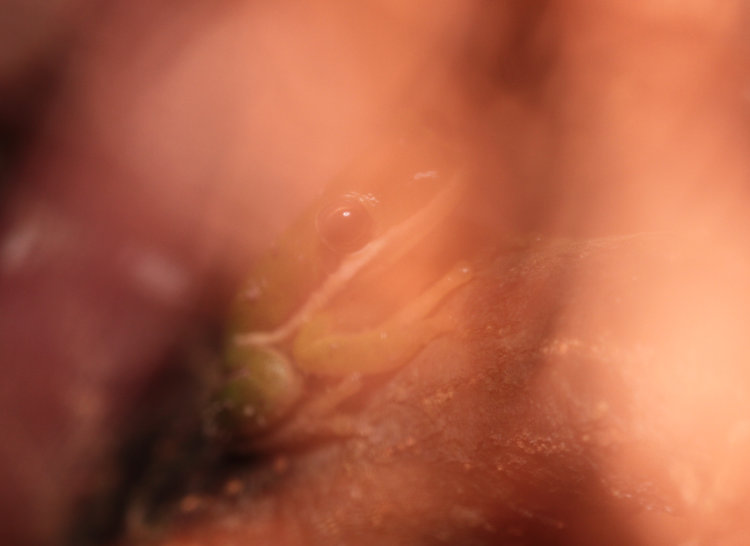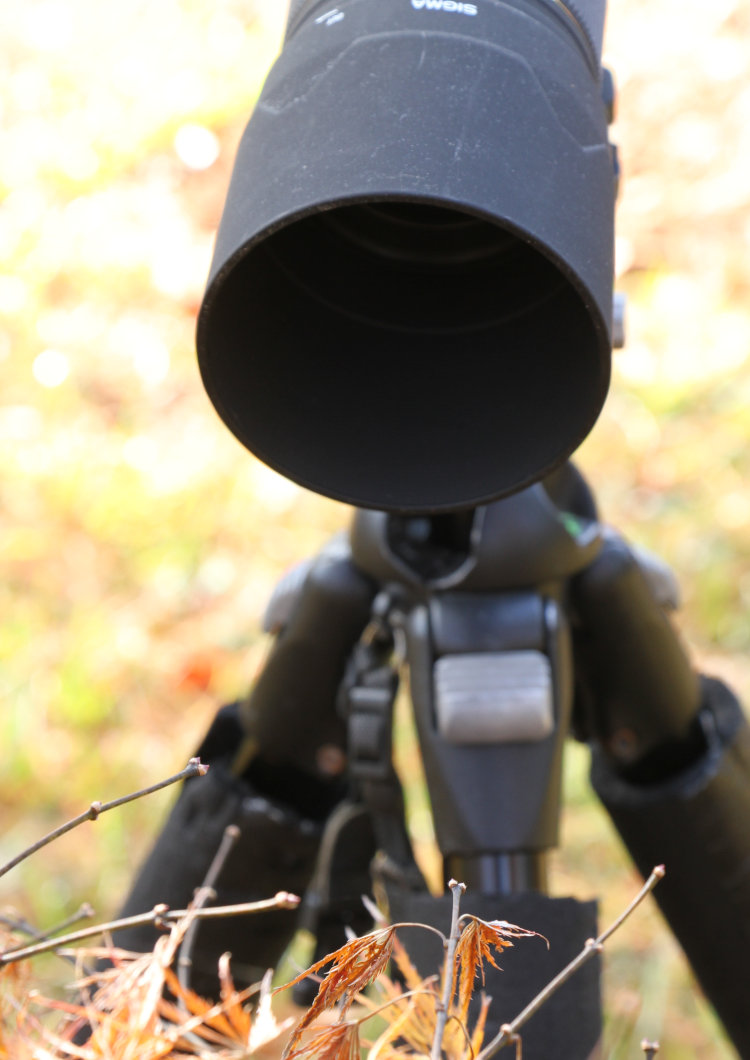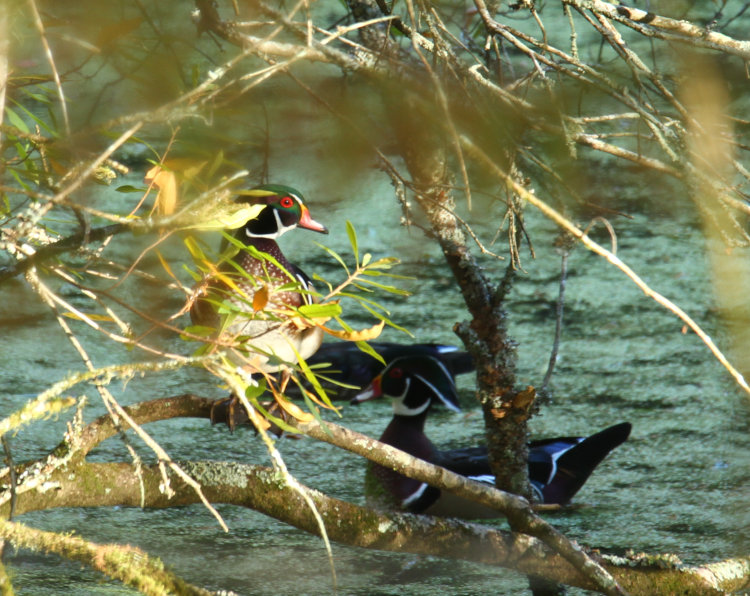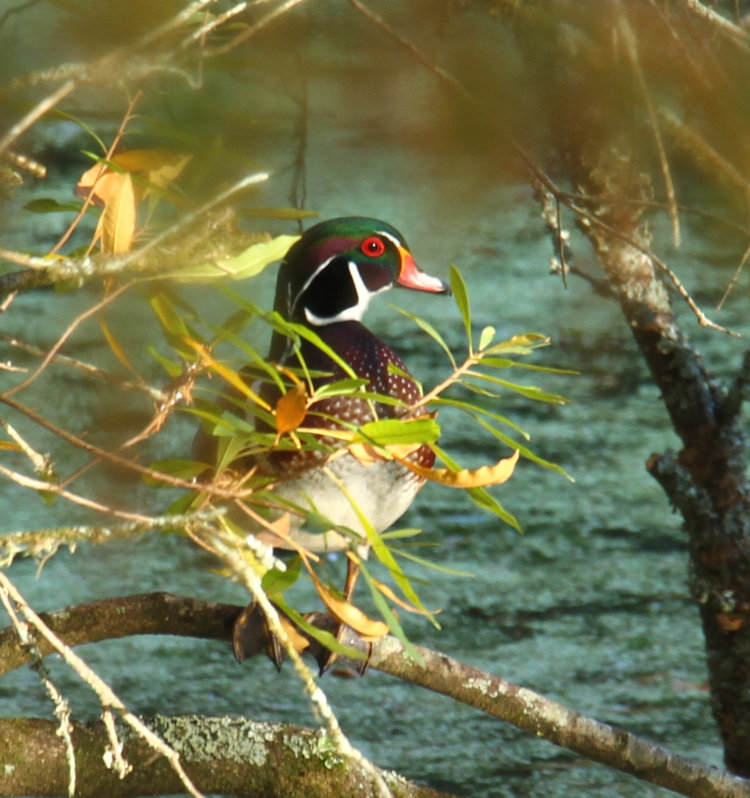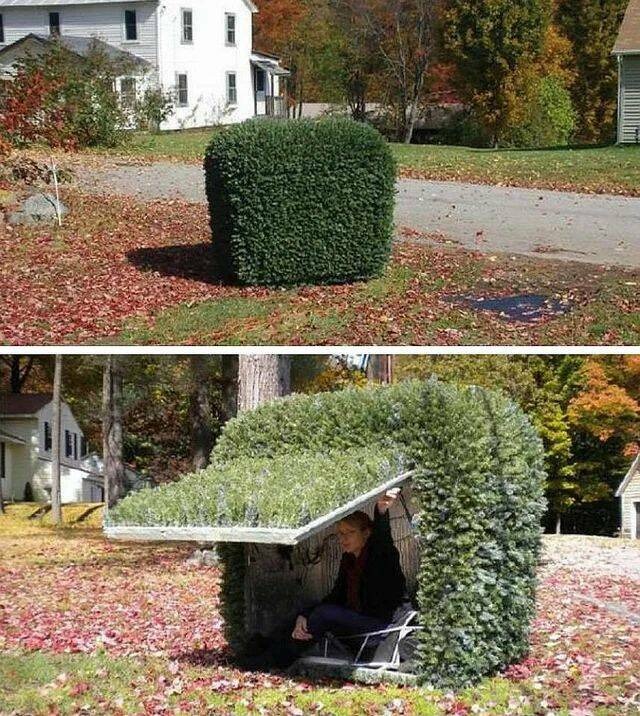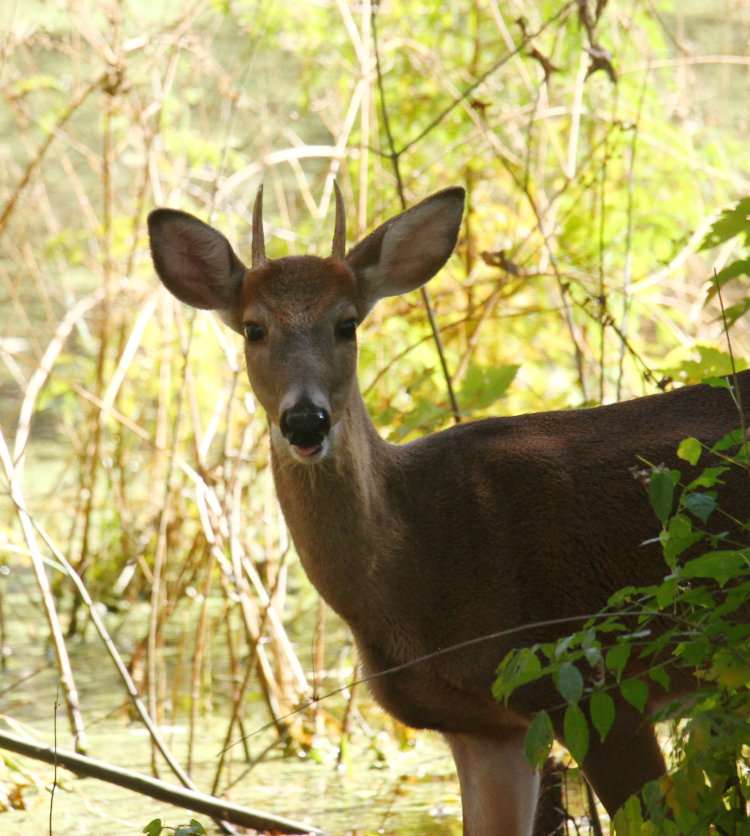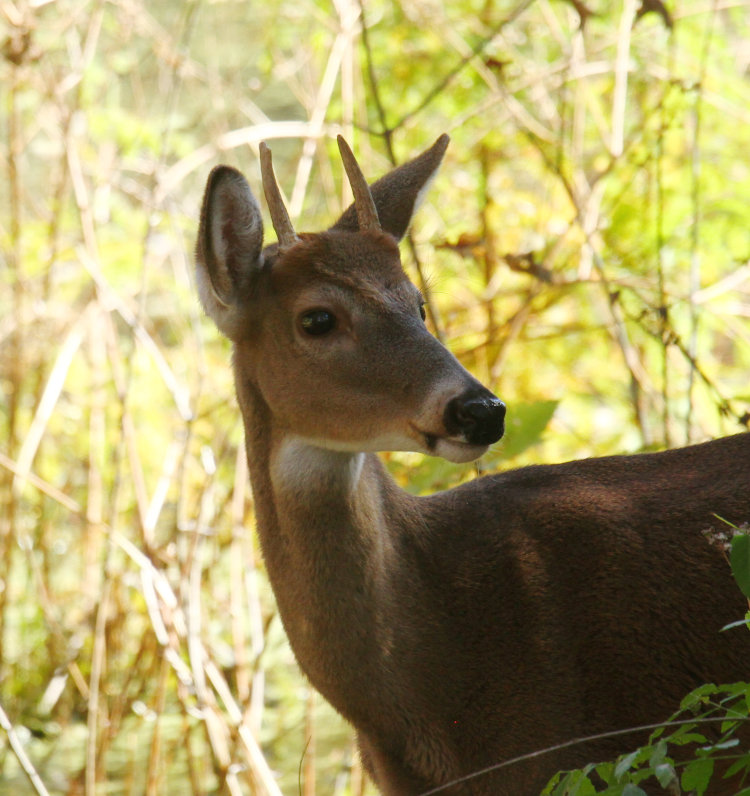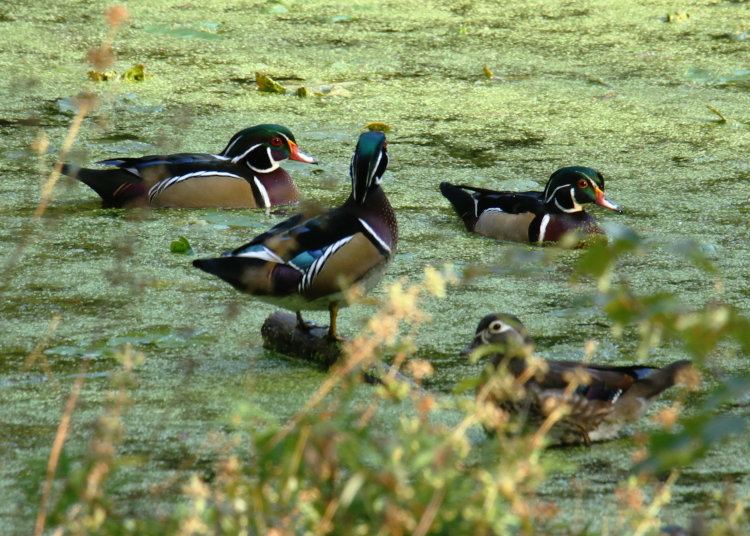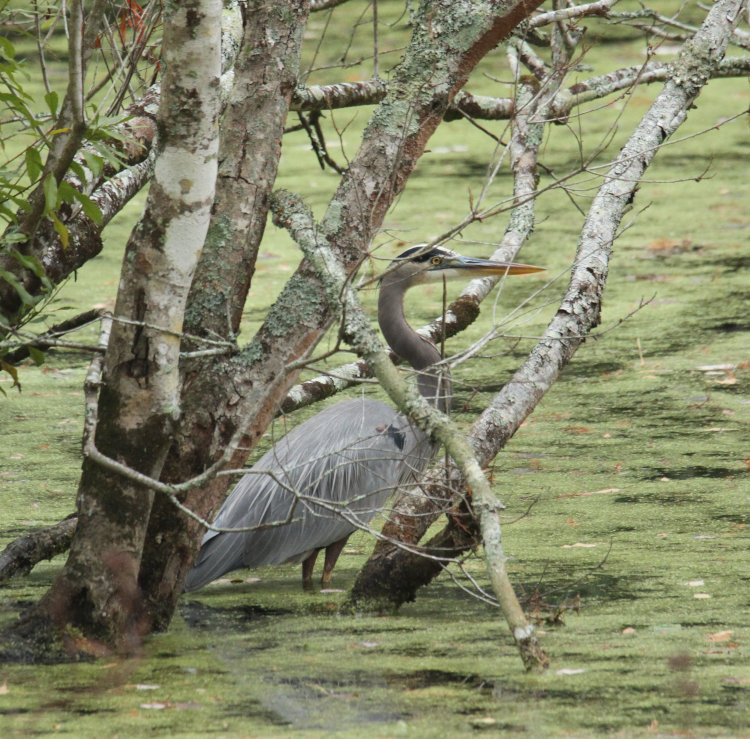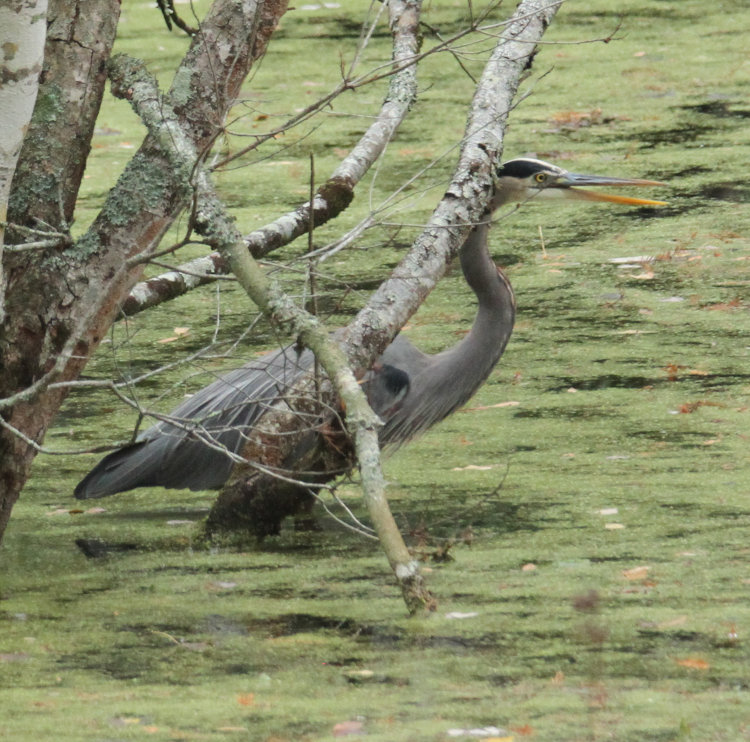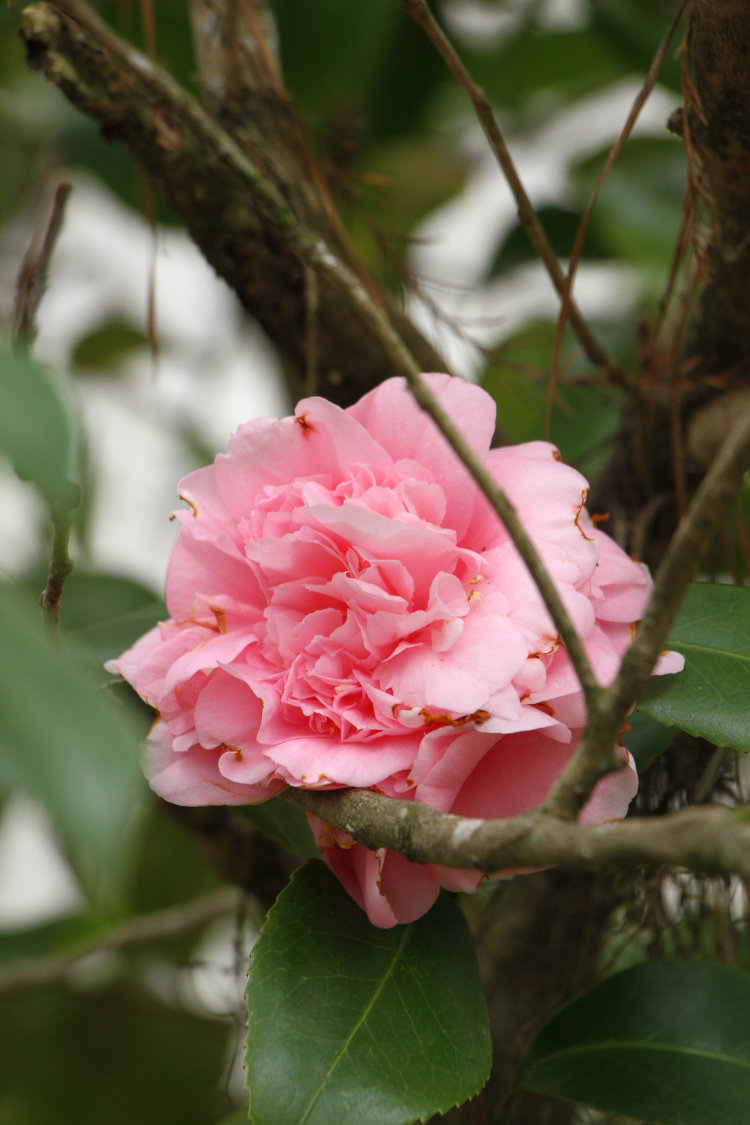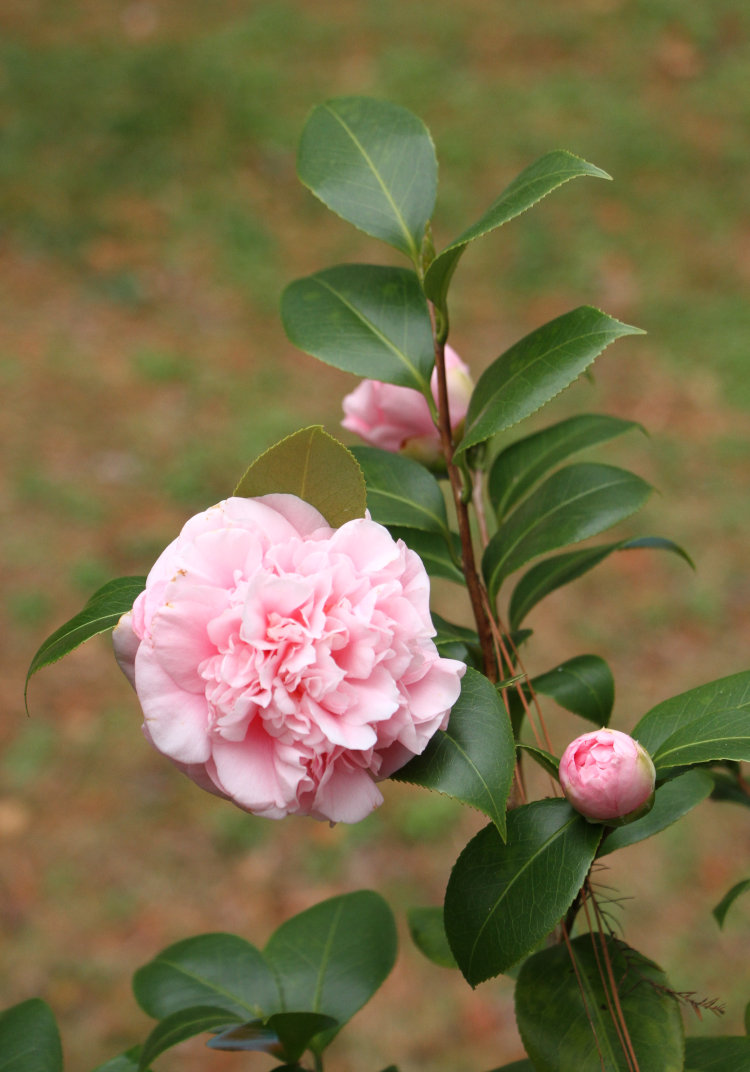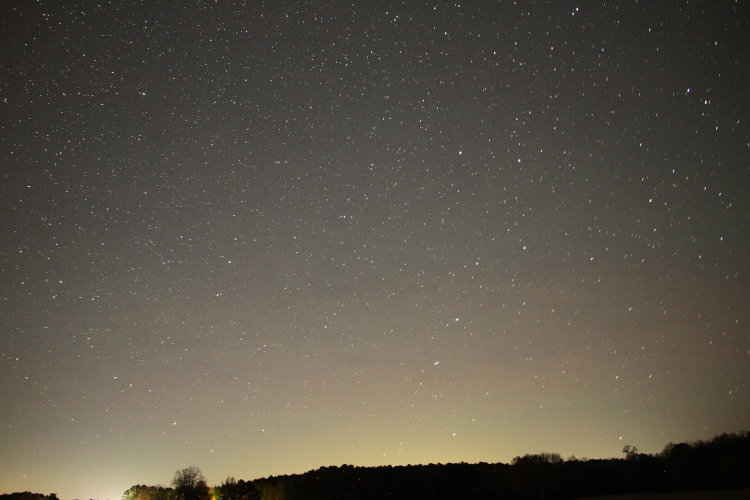… will be late, slightly on purpose. I mean, I was going to feature it in a post anyway, and this way I’m saved from having to try and find something else for the weekly feature while the weather’s getting colder again. I have a few pics I’ll throw up in the meantime, unworthy of EF status and the exacting criteria that I have for that…
And yes, the past couple of days have been busy; even though it was only The Girlfriend and I, we still decided to do a big meal for Thanksgiving, just not that big. I had two baking tasks that crapped out on me (or that I ruined – whatever makes you feel better,) but two that were just ducky – in fact, fabulous, on top of what The Girlfriend provided which were all fine, so we ate well. I tell ya, I’m hooked on homemade cranberry sauce now.
Right now, I’ll provide you with the lone sorting finds from this time around, just some weird images courtesy of the wood ducks. They were gathering in the setting sun for their evening uncouth scrum, and like normal, maintaining a little territoriality while doing so. The shutter speed was too slow for the action, which made it a tad surreal, but more to the point, blurry.

The light looks bright here, but it was a lot less than it seems, since this is f7.1 at ISO 500, with the shutter speed pulling only 1/15 of a second. It’s made a little worse by being magnified so much, too – not just 600mm focal length, but a tighter crop to show the details. What there are of them anyway.

Now we see the male in back has decided that the male in the middle is too close, lunging forward with open beak. It’s easy to imagine you’d be hearing loud squawking at this point, but wood ducks don’t do that, so the most you typically hear is a few faint whistling peeps. It’s weird.
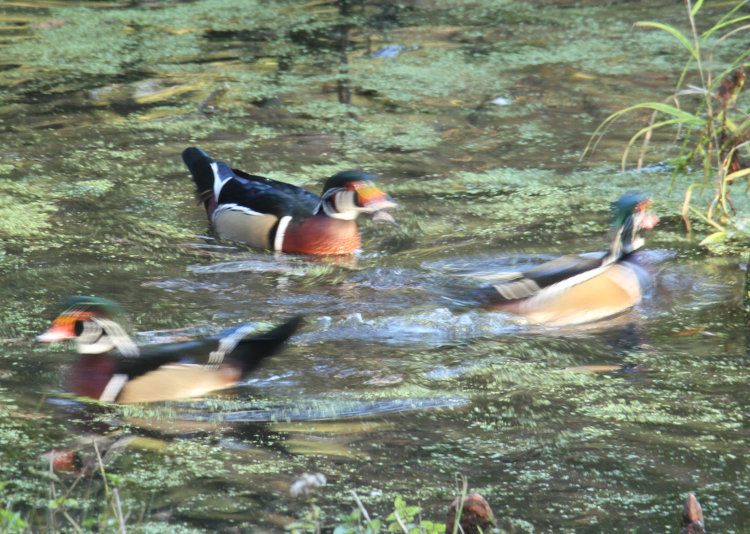
Both males in front accelerating out of the way now, in opposite directions.
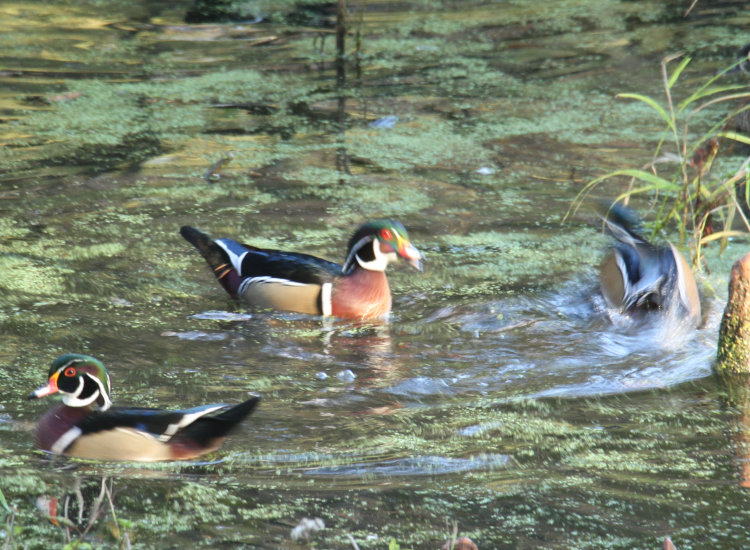
The primary target of ire cuts a hard turn to avoid a cypress knee and remain in deep enough water to swim. I’m always amazed at the turn of speed these guys can display when all they’re doing is paddling – they look practically jet-powered.

All done now – they’ve exchanged places, but the trespassing male has crossed back over the invisible line that the dominant male maintained, or at least displayed enough temerity to satisfy said dom that he was not being ignored. Virtually all of the altercations are like this, only occasionally going so far as to involve a chase for a few seconds, but that’s it. I’ve never seen a serious squabble or anything truly physical.
Now we go in close to the second image to see that effect again in detail.

You see, I’m not exactly sure what caused these multiple image effects. Generally, such a thing comes from strobing lights, which is easy to believe if this was lit by LEDs (which do indeed blink on and off, very rapidly,) but not from sunlight. And I was working from a tripod, so the camera should have been pretty steady. However, I likely forgot to turn off the VC (Vibration Compensation) image stabilizer when I mounted the camera and lens to the tripod (which is definitely recommended,) so this is likely from the stabilizer of the Tamron 150-600mm G2 trying to maintain a sharp image but getting defeated by the slower shutter speed. While on a tripod, I wasn’t locked down, still able to pan around to follow what was going on, and I just checked: there are faint differences in framing between all of these, so yes, I was still moving the camera slightly as I held down the shutter to catch the altercation.
Let’s see now: from examining several different points in this image, I get at least six distinct repetitions of portions of the image, but I think seven is more accurate. All taking place in 1/15 of a second, so if this is from the VC, that suggests that it was adjusting at least 90 times a second, but probably more. I was, as usual, in VC Mode 3, which, “Prioritizes compensation of camera shake at the moment of exposure” – which doesn’t say a lot, since isn’t it supposed to do this at all times? I mean, that’s the entire purpose, yes? But what I suspect is the case is that it continues to compensate for motion as the shutter is being pressed, rather than locking in at that moment. At the very least, I should have switched to Mode 2 which is intended for panning and stabilizes vertically but not horizontally.
But let’s face it – in these conditions, I wouldn’t have gotten a sharp image anyway without boosting the ISO several stops to shorten that shutter speed (I could only go 1/3 stop wider with the aperture.) I just might have avoided the ‘stuttering’ – big deal. The images might not have been quite as shitty.




















































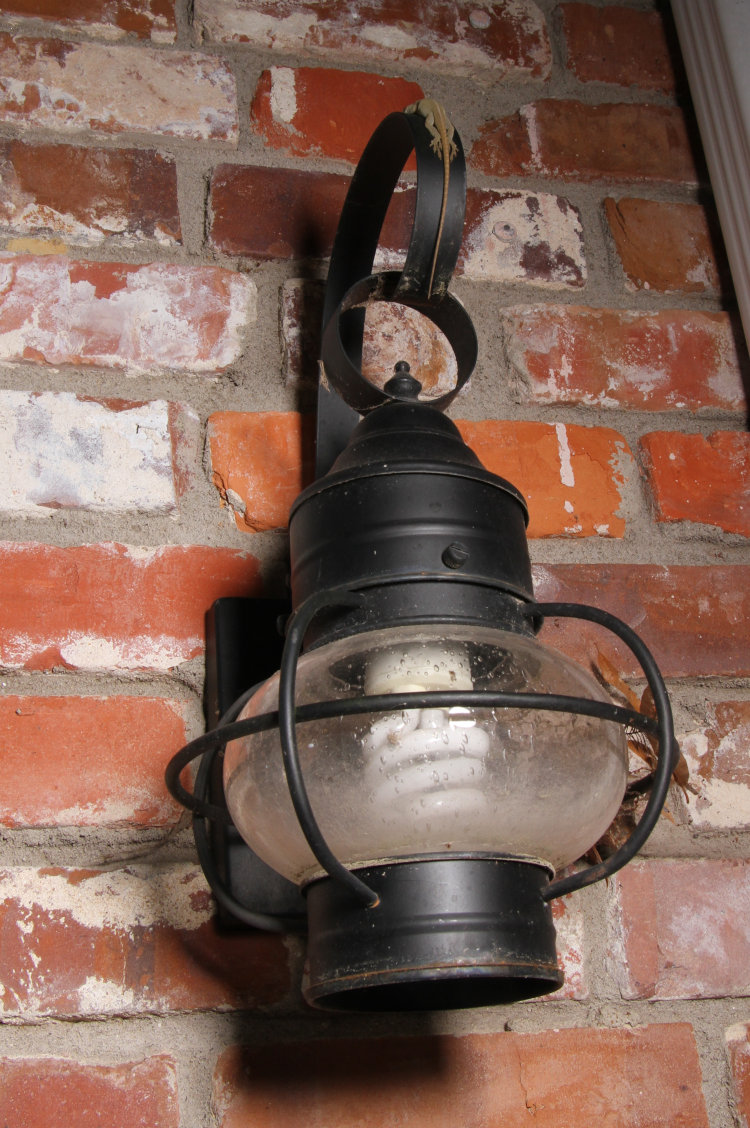




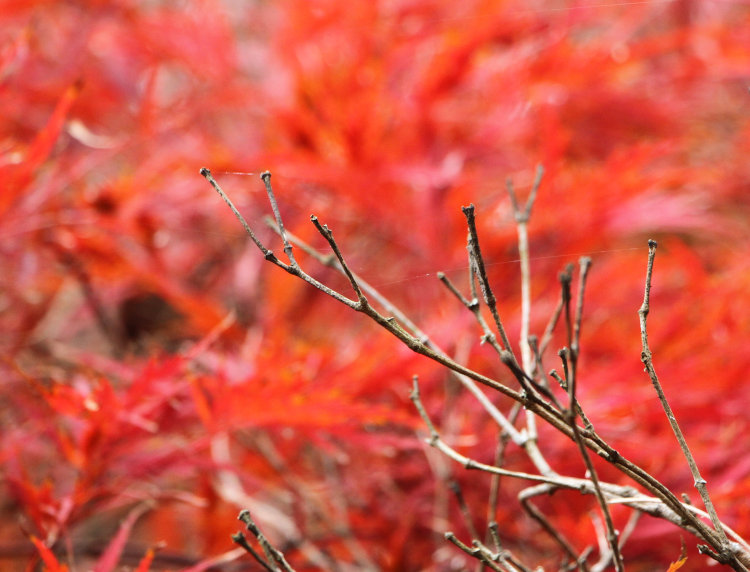

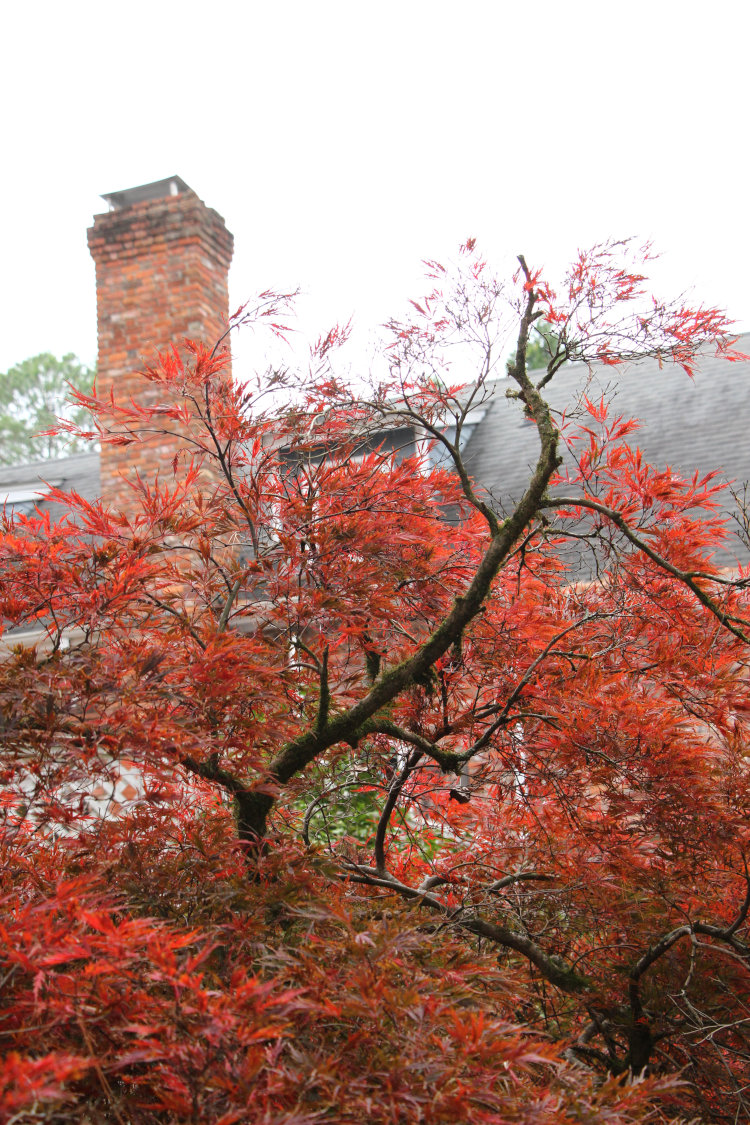

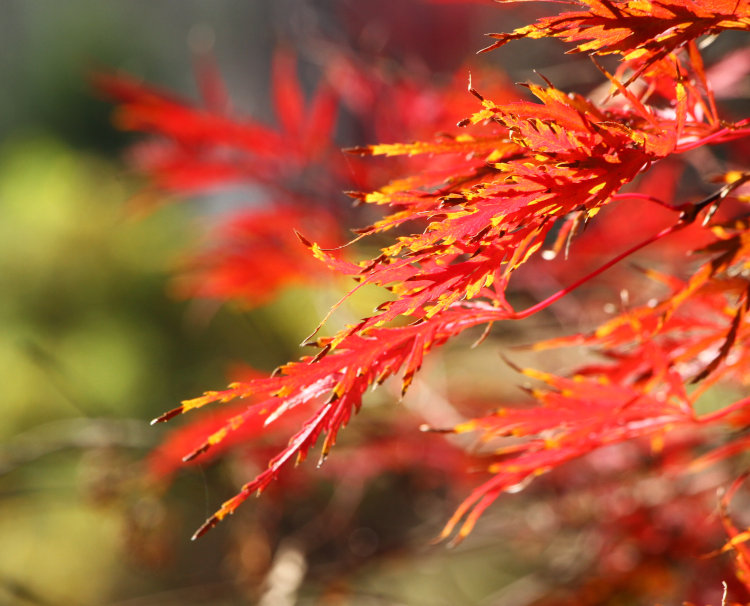


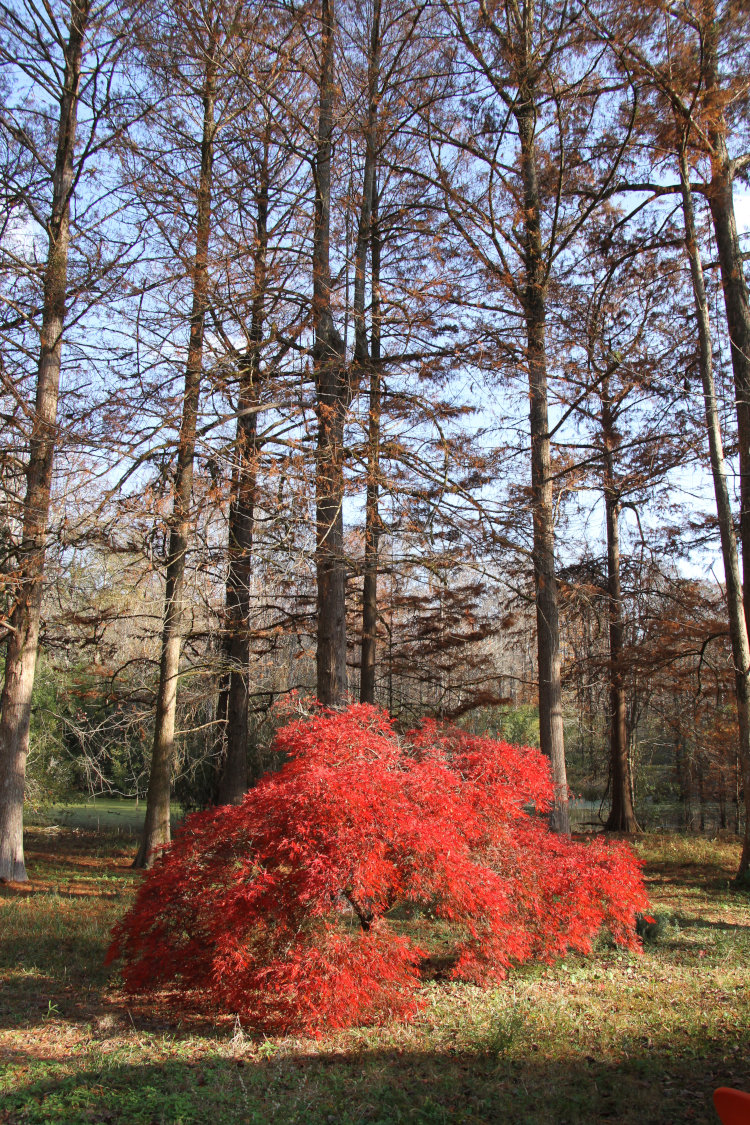
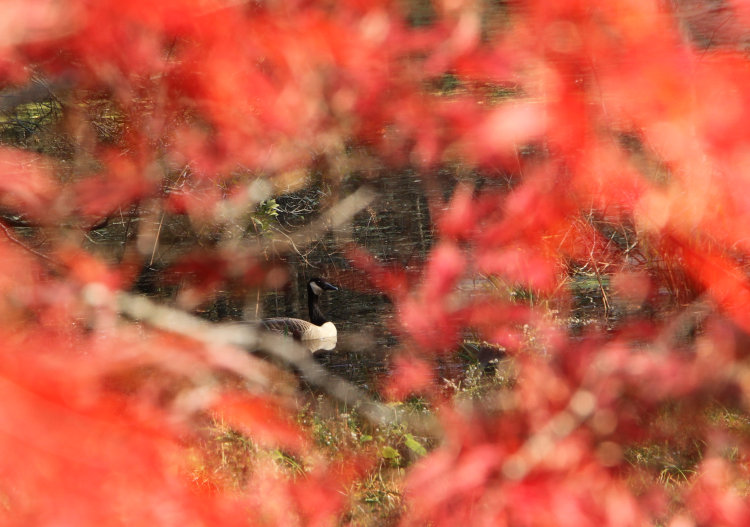
 It may seem counterintuitive, but direct sunlight can often work against you for brighter colors, and at the very least can change the way your subject and background appear. Direct sunlight produces brighter highlights that the camera meter adjusts for, making the shadows seem much darker, but also changes color subtly. It can also cause the highlights to bleach out too much and actually weaken the color, whereas a hazy or light overcast day may display them much better. This gif (pronounced, “GEE-wiz-WIL-eh-kers“) only demonstrates this slightly, but I was right there as the sun went in and out of a cloud and so shot the frames in close succession. Look closely at the highlights on the leaves right in the center, but also note how the background colors change. Ignore, however, the blotchiness of said background, because this is an artifact of gif formatting and not present in the original images.
It may seem counterintuitive, but direct sunlight can often work against you for brighter colors, and at the very least can change the way your subject and background appear. Direct sunlight produces brighter highlights that the camera meter adjusts for, making the shadows seem much darker, but also changes color subtly. It can also cause the highlights to bleach out too much and actually weaken the color, whereas a hazy or light overcast day may display them much better. This gif (pronounced, “GEE-wiz-WIL-eh-kers“) only demonstrates this slightly, but I was right there as the sun went in and out of a cloud and so shot the frames in close succession. Look closely at the highlights on the leaves right in the center, but also note how the background colors change. Ignore, however, the blotchiness of said background, because this is an artifact of gif formatting and not present in the original images.